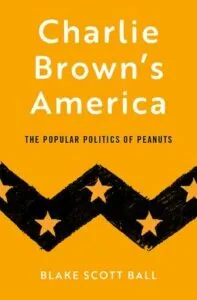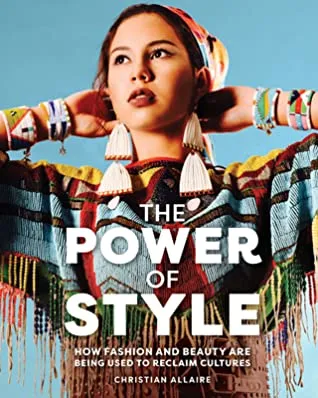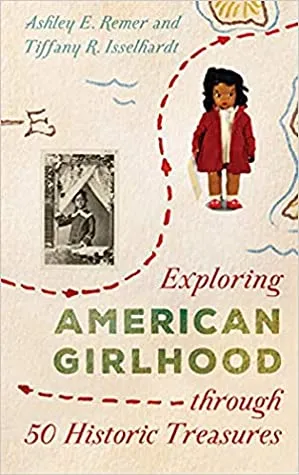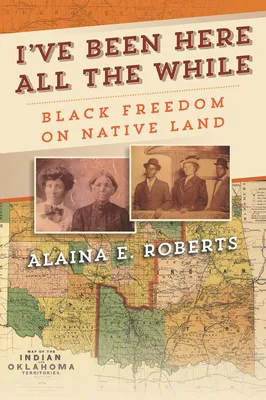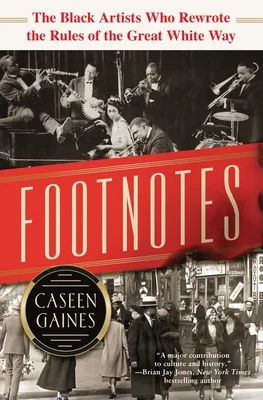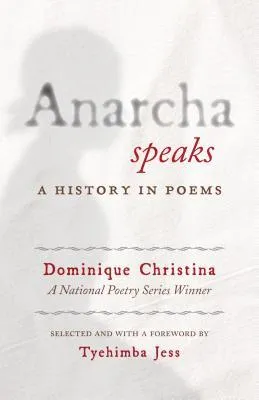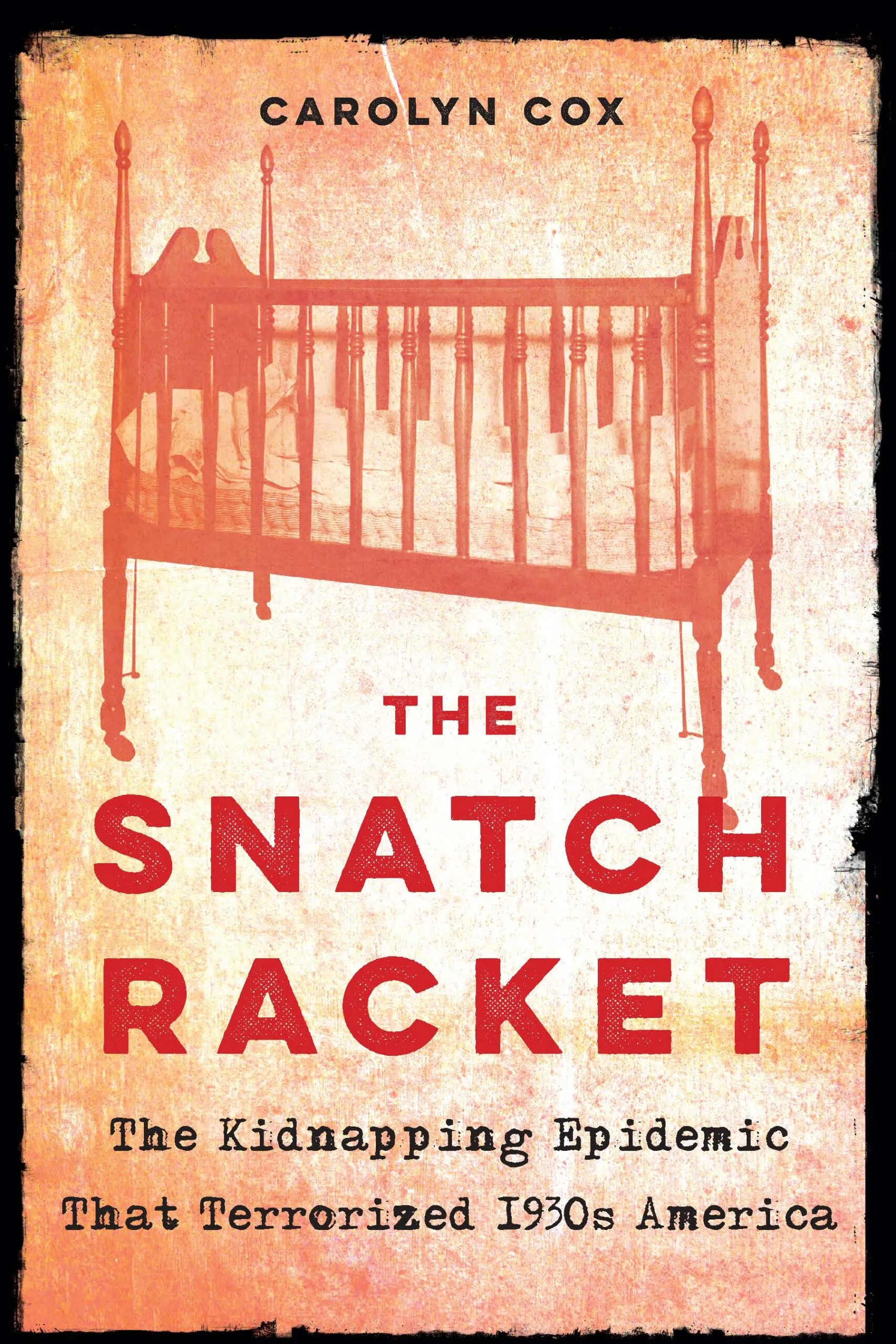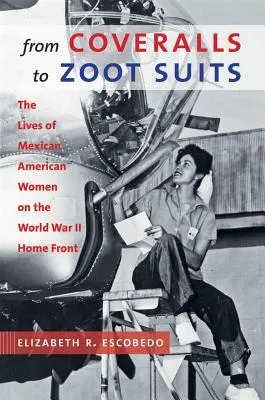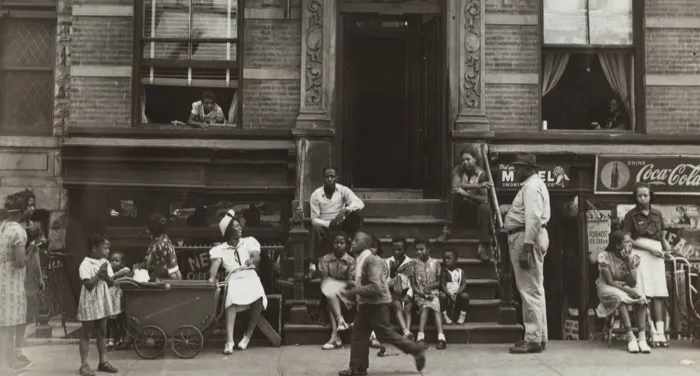
10 Fascinating American Cultural Histories
You know what I remember from history class? A bunch of dates, wars, guns, and white guys. You know what I find more interesting than those things? Food, fashion, holidays, elections, toys…I’m not saying I shouldn’t know about some of that big picture stuff like war, but it’s not exactly what I’m going to reach for when I’m reading for pleasure. Personally, I think there’s a lot to be learned about that big picture stuff through reading about the little picture stuff — because it’s not that little after all.
What people eat, wear, celebrate, vote for, and play with is not just interesting in its own right, it’s also deeply tied to where a society is in space and time. Wartime begets propaganda, new jobs and industries, and innovations in technology. Latitude impacts whether your wardrobe skews toward the swimsuit, fur coat, or Bermuda shorts. As immigrant and refugee groups integrate into their new communities, food, dance, and music meld with the local stuff. Cultural and microhistories contextualize (and humanize) those big events your teacher quizzed you on to prepare you for the AP test. Whether you’re an anthropology professor or an everyday reader, at least one of these American cultural history books should pique your interest.
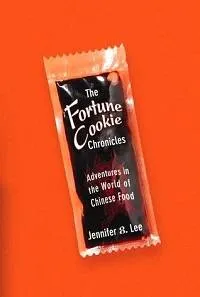
The Fortune Cookie Chronicles: Adventures in the World of Chinese Food by Jennifer 8. Lee
Yes, you read that right: I said this was a list of American cultural histories, and the first thing I’m mentioning is Chinese food. But here’s the thing: the central (but not only) subject here is American Chinese food, not Chinese Chinese food or Chinese American food. I read this book for our Read Harder challenge task #11, and it did not disappoint. Come for the big reveal (!!) of who actually invented fortune cookies, stay for some totally bonkers stories like the time there was a big NYC-area rabbinical and deli brouhaha over kosher duck or how, legally, soy sauce does not need to contain soy.
The Power of Style: How Fashion and Beauty Are Being Used to Reclaim Cultures by Christian Allaire
I’ve scarcely worn non-stretchy clothing since 2019, but that doesn’t mean I wasn’t drooling over this cover when I saw it. Surely you’ve seen at least one incident or scandal when a clothing designer has been called out for cultural appropriation (such as headdresses), misrepresentation (such as calling a print “Navajo”), or insensitivity (putting a Black child model in a shirt that says “little monkey” is not a good look). Allaire covers a breathtaking range of fashion, hair, and makeup histories, artists, designers, and more, describing ways the peoples whose cultures have been ripped away, diluted, or misappropriated are taking back the things that belong to them.
Exploring American Girlhood Through 50 Historic Treasures by Ashley E. Remer and Tiffany R. Isselhardt
Spend a week with me and see if you don’t hear me talking about American Girl, Polly Pockets (the OG, thank you very much, not the rubber things), or paper dolls. I love a good toy to impose my imagination onto, and there’s a special place in my heart for anything that is particularly aimed at girls and girlishness — not because I am attached to a gender binary or believe in gender essentialism, but because I really don’t like the prevailing attitude that defines feminISM through being anti-feminINE. Princesses, dolls, and dresses are awesome! Don’t like ’em? Don’t wear ’em. Just don’t knock ’em. Also, I grew up during the Girl Power/Spice Girls era. Anyway, this book doesn’t just talk about toys, but there are toys in it, and there are also monuments, dresses, books, and other items to pore over.
I’ve Been Here All the While: Black Freedom on Native Land by Alaina E. Roberts
The United States has had a bit of a problem with geography for *checks notes* its entire existence, ever since a bunch of refugees came over and, instead of asking for asylum, just took over. That’s a lot of ground to cover (sorry, I had to), so this book just takes on a tiny bit of that history, exploring how the “40 acres and a mule” offer extended to newly freed slaves intersected with “Indian Territory” and the longstanding conflict between Native and white imperialists when it came to land and property and ownership. What I appreciate about this approach is that we typically view racial and cultural conflict or collaboration in the United States as a White people x [Insert minority group here] issue and not as interactions between two marginalized groups.
Manufacturing Hysteria: A History of Scapegoating, Surveillance, and Secrecy in Modern America by Jay Feldman
This is an intimidating-looking book, but it will also make you a great dinner party guest or news reader/writer because you’ll have so much stuff in your toolbox for making sense of political arguments and current events. No political figure goes unexamined here. It is one of those books that is so timely it was pretty much out of date the day it was published in 2011, because privacy and security concerns have continued to skyrocket. Time to write a second edition, Uncle Jay! (No, seriously, he’s my uncle.)
Footnotes: The Black Artists Who Rewrote the Rules of the Great White Way by Caseen Gaines
Please don’t tell me you think Hamilton was the first time Black people were allowed on Broadway. (I’ll concede that Lin-Manuel Miranda’s work is a major player in Broadway history, but come on — it’s not the first or only.) This book reaches back to the Harlem Renaissance and describes Black-created, Black-starring, Black-centric Shuffle Along, which premiered in 1921. Once you read this book, check out Sissle and Blake Sing “Shuffle Along,” an actual archival recording from way back when. Be forewarned: there are at least three way out-of-date racial epithets in various song titles.
Twelve-Cent Archie by Bart Beaty
Back when I was young, I was handed my first Betty and Veronica digest by a friend because we both needed reading material while her moms drove us to the pumpkin patch outside of town (I am hashtag blessed to have so many friends who understand that sitting together and reading in silence still counts as a social visit with each other). This was not so long ago that the book cost me 12¢, but it still has plenty of nostalgia tied to it, okay? There are 100 microhistories here, covering various elements of the cultural impact of the whole Riverdale gang and their contribution to the invention of the ur-American teenager, and that’s only covering ten years. Who’s going to write about the next decade of Archie comics?
Anarcha Speaks: A History in Poems by Dominique Christina and Tyehimba Jess
I love it when fiction or nonfiction lovingly find ways to restore a little dignity to people or groups who have been mistreated (to put it lightly) in the past. This book of poems does so for Anarcha, the name of the enslaved woman who was one of many medical subjects who forcibly endured gynecological research by J. Marion Sims, whose “father of gynecology” label is starting to dissipate as more people attempt to honor the women he tortured on his road to success. A lot of his invented techniques and speculum are still in use today, but he wouldn’t have gotten anywhere without enslaved women who had no choice but to sacrifice their health, bodies, or even their lives to his work.
The Snatch Racket: The Kidnapping Epidemic That Terrorized 1930s America by Carolyn Cox
I didn’t even look at the subtitle of this book before downloading it because the title was so *blinks eyes rapidly*, but it turns out that is the real moniker for what went down in the 1930s, because apparently the Lindbergh baby was just one in a series of kidnappings. That cover looks like it’s straight out of Ed and Lorraine Warren’s home library, though, doesn’t it? To be fair, though, kidnapping is indeed a horror.
From Coveralls to Zoot Suits: The Lives of Mexican American Women on the World War II Home Front by Elizabeth R. Escobedo
There is actually more to zoot suits than Edward James Olmos and the Cherry Poppin’ Daddies (hate the band name, love dancing to the song, amirite?). This book looks at Mexican American culture and communities of the 1940s and specifically focuses on women, which I love, because typically when we talk America and World War II we act as if Rosie the Riveter represented all women equally. Escobedo uses firsthand testimony from the Mexican American women of the era to give a detailed look at what happened when the boys came home from war.
What’s one of the coolest American cultural history books you’ve ever read?



